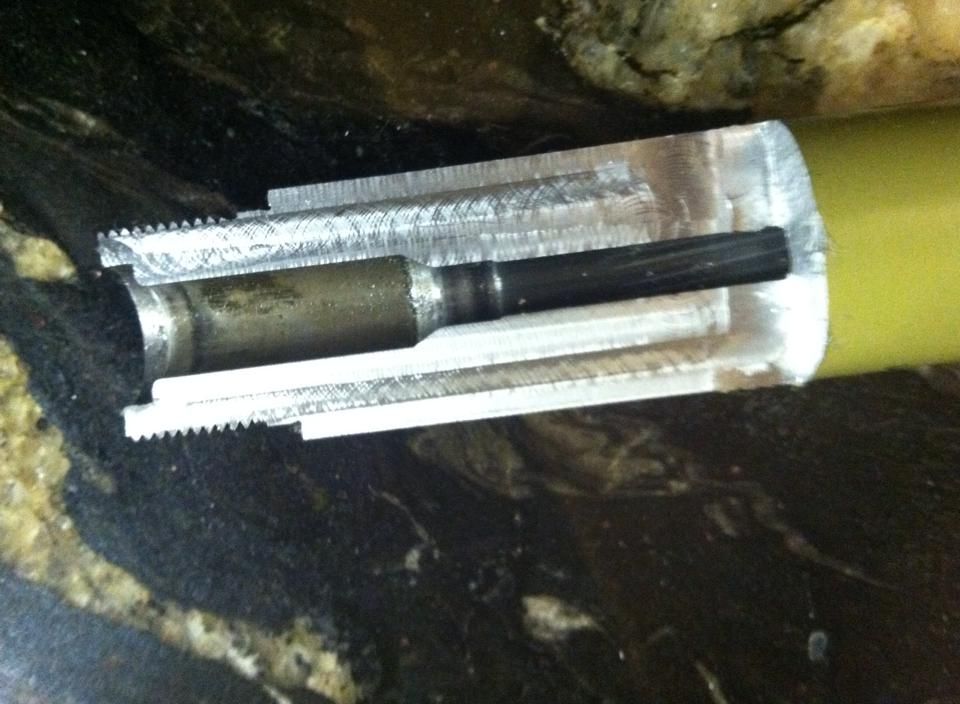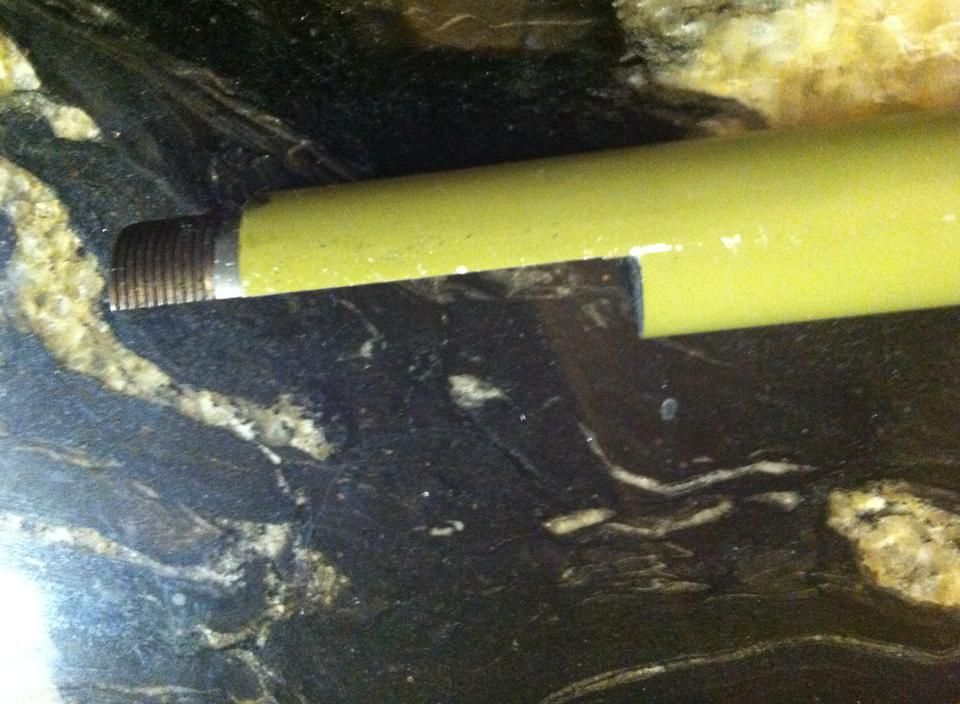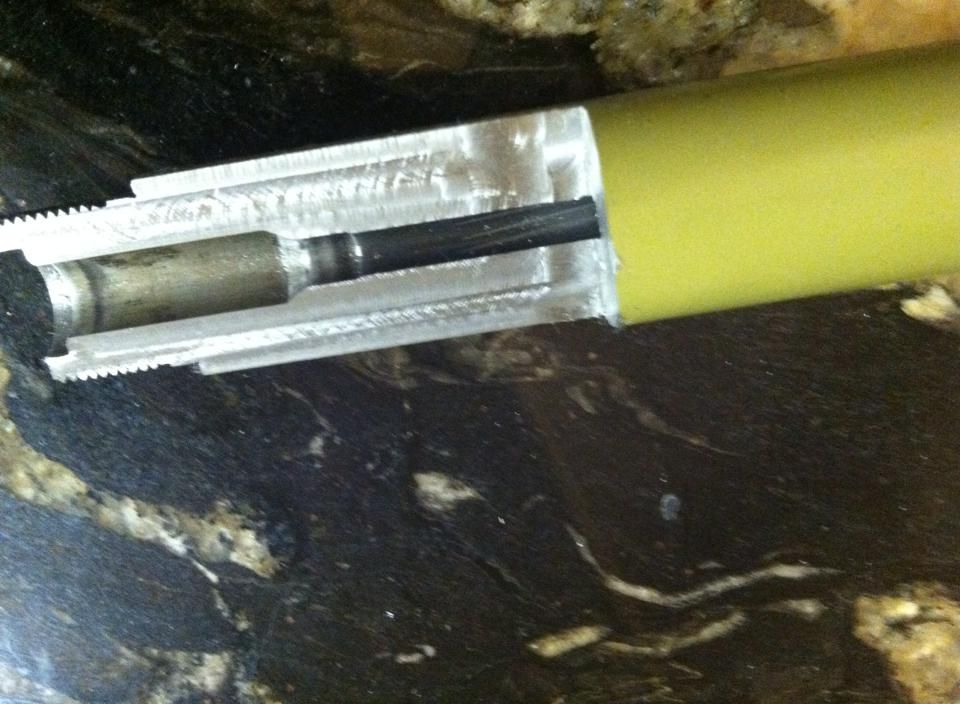1: No, not likely. There was probably about 1/4" (roughly, I'm guessing) of free bore (lands cut away, no rifling) when the barrel was freshly chambered.
2: Can't answer that one. Depends on how long he was seating his bullets.
3: There is. Remember, however, that each land is only .004" tall. So as the bullet goes forward from the bearing surface into the ogive, everything from the point where the diameter is .256" (in the case of .264 cal bullets) forward to the meplat doesn't ever engage rifling, and can "overlap".
Basically the throat (ramp from no rifling up to a series of full lands) doesn't have to be the length of an exposed section of bullet (as it sits in the case), in front of the bullet as it sits in the chamber. It can start roughly where the bearing surface (the part that is .264" diameter) ends, and the "ramp" on each land is a similar shape to the ogive of the bullet, so there is very minimal standoff necessary.
As hot 50,000-60,000psi gases and copper are released into the beginning part of the rifling, it slowly erodes, and the throat moves farther and farther forward in the rifling. In the case pictured above, the freebore section is now closer to 3/4" long.
edit to add: The lands that you see starting in that picture are likely not as tall as they used to be (.004"). I'd guess they're much shallower now, and don't reach their full height for a few inches down the bore.
The lands generally don't wear down nearly as fast towards the muzzle. This is why you'll see M1 Garands and other old rifles with two values- ME (muzzle erosion) and TE (throat erosion). ME is almost always less than TE. Obviously because the gases have cooled and the bullet is already engraved by the time it gets to the muzzle.











